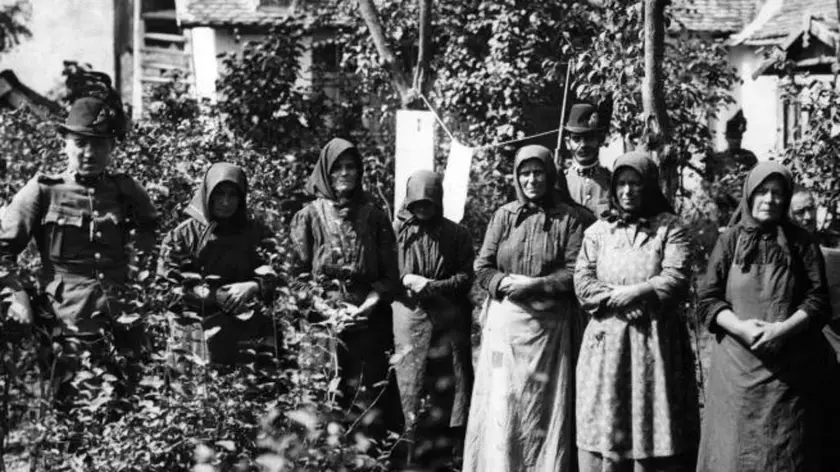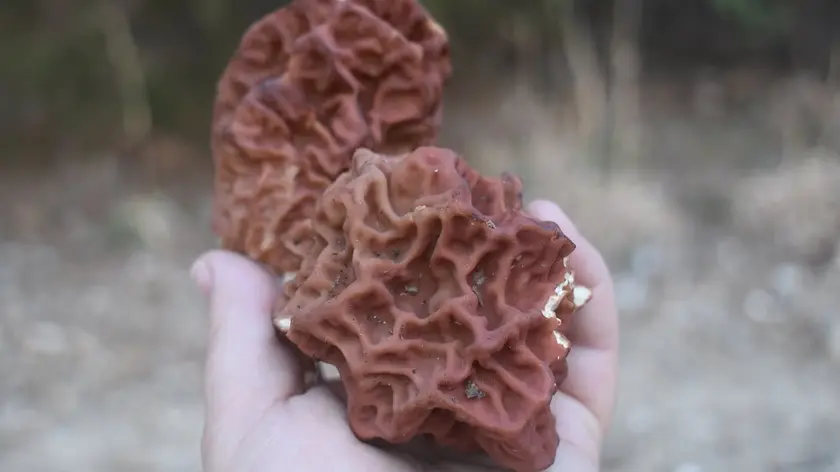T4K3.news
Nagyrev poison ring explored
A historical look at the Nagyrev case from 1911 to 1929 reveals a network of women who used arsenic to kill in a climate of abuse.

A historical look at a 1911 to 1929 poisoning case in Nagyrev shows how abuse and poverty pushed women to deadly acts and how the community sought quick justice outside the courts.
Nagyrev Poison Ring Reveals Hidden Violence Behind Everyday Life
Between 1911 and 1929, Nagyrev and the nearby Tiszazug region saw a string of deaths linked to arsenic poison. A local midwife known as Auntie Zsuzsi supplied the poison to women who faced brutal husbands, poverty and limited options. The first known murder occurred when Rozalia Takacs poisoned her abusive husband after years of violence, using arsenic acid stirred into porridge. Over two decades the killings grew as more women turned to this method, trading small goods for the poison and sharing knowledge within a tight knit network. By the time police uncovered the pattern, 28 people faced trial for the deaths of more than 100 neighbors, though officers later suggested the real toll could be much higher.
The investigations exposed a community under strain: alcohol, war trauma and chronic abuse fed a cycle of violence. Doctors and officials were slow to see the pattern, and some suspects were bribed to stay quiet. In 1929 a death certificate raised suspicion about Rozalia Holyba’s husband, prompting arrests that culminated in a wider crackdown. Auntie Zsuzsi died during police actions, and several women faced hanging or life in prison. The case lingered in memory as a stark reminder of how fear and survival can drive communities to borders rarely crossed by the law.
Key Takeaways
"perverted pride"
Rozalia Takacs during her trial
"there was no need to hand herself to authorities after killing her husband"
Julianna Lipka’s remark about the plan
"the real number was likely three times that"
police estimates discussed in the piece
"justice did not come from the law, it came from their kitchen cabinets and teaspoons"
closing line of the piece
The Nagyrev story sits at the uneasy crossroads of gender, power and survival. It asks how far a woman will go when protection from the state and kin is absent. The network relied on trusted local healers, like midwives, turning care into complicity as knowledge about poison spread quietly. Yet the episode also reveals how a society in distress can turn to extreme actions when life feels unlivable. Reading this history invites a careful balance: it honors victims without sensationalizing their suffering, and it challenges readers to think about what justice looks like when formal institutions fail. The memory of Nagyrev asks for accountability and empathy, not nostalgia for violence or revolutionary bravado.
Highlights
- Survival can bend into murder when help never arrives
- Kitchen trust turned into a weapon in Nagyrev
- The real numbers hide behind suspicion and fear
- Justice flowed from teaspoons not from tribunals
Historical violence and sensitive topic risk
The piece revisits brutal acts tied to domestic abuse and community complicity. It could upset readers with vivid descriptions of abuse and murder. It presents a disturbing image of women seeking revenge and the community memory of violence. Handle the material with care to avoid glamorizing or sensationalizing.
History reminds us that pain travels across generations and communities long after the last trial.
Enjoyed this? Let your friends know!
Related News

Open World Games With Best Dungeons

Project Hyperion Launches Competition for Stellar Travel Designs

New Donkey Kong Game Sets High Standards for Switch 2

Hollywood should explore new stories in cinema

Nintendo Switch 2 Pokémon Legends Z-A Bundle Available for Preorder

The Legend of Rooney’s Ring invites laughs with a whimsical tale

UK schools to mandate alcohol safety lessons

Link between false morels and ALS cases in French village
